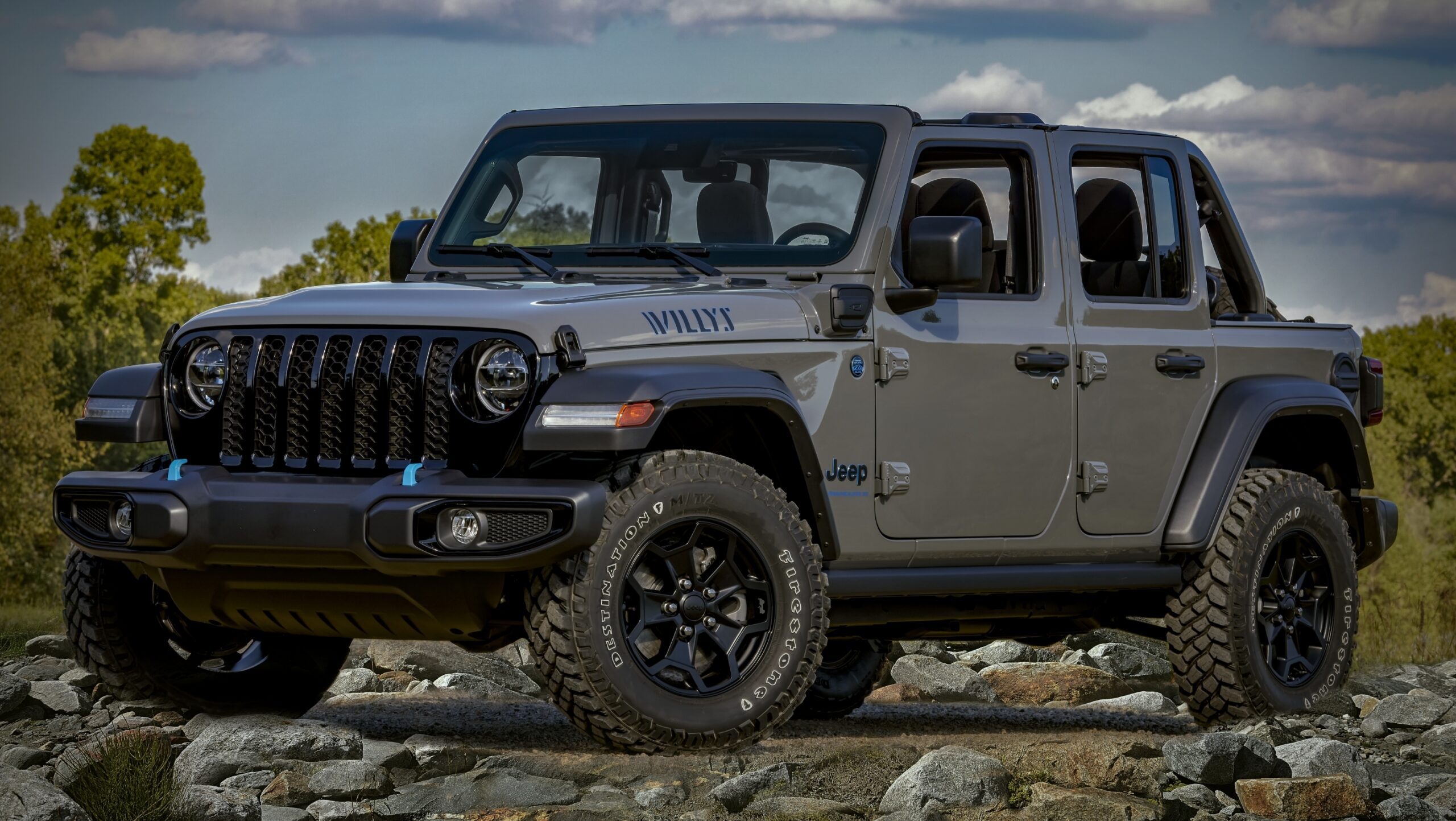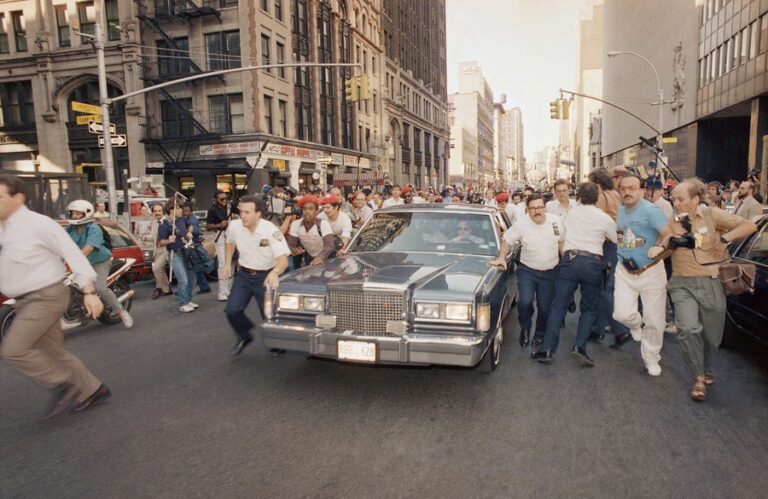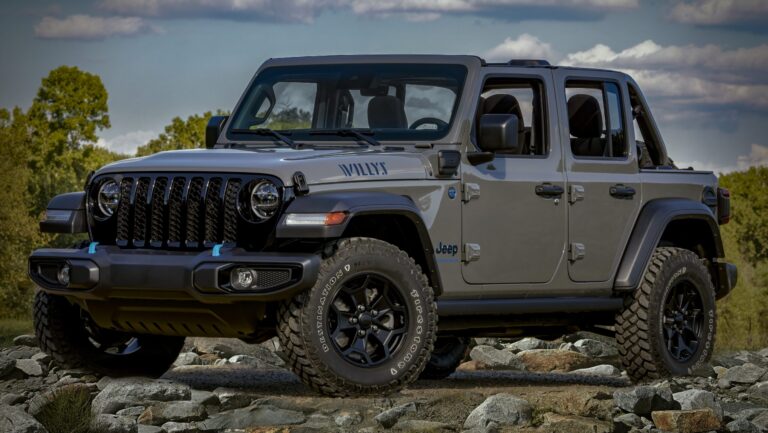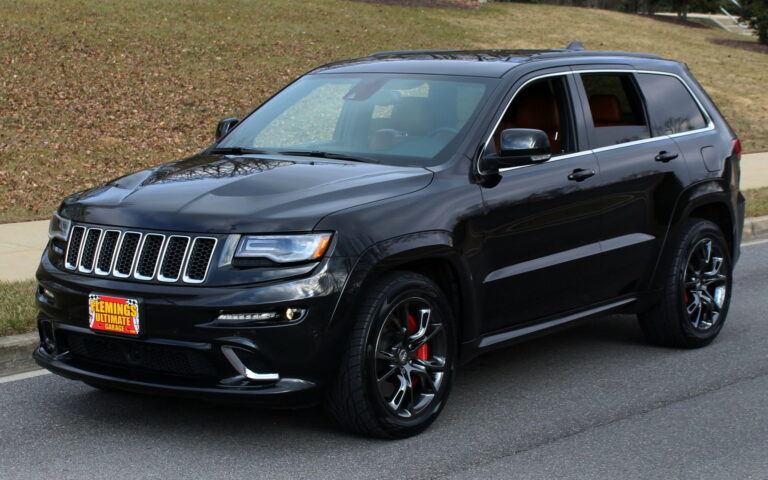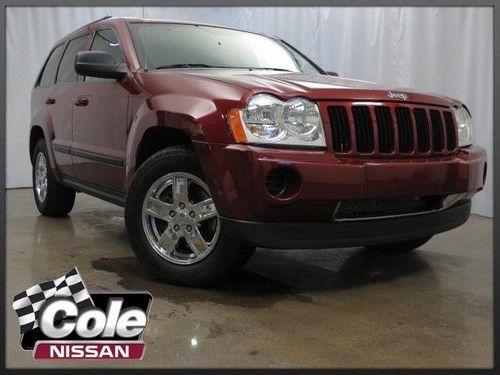Jeep Roll Bars For Sale: Your Ultimate Guide to Safety, Style, and Off-Road Confidence
Jeep Roll Bars For Sale: Your Ultimate Guide to Safety, Style, and Off-Road Confidence /jeeps.truckstrend.com
The iconic Jeep Wrangler, with its removable top and doors, embodies the spirit of open-air adventure and rugged exploration. Yet, this very design, coupled with its high center of gravity, makes rollover protection a paramount concern. This is where Jeep roll bars for sale come into play – not just as a piece of metal, but as an essential guardian, enhancing safety, structural integrity, and the overall off-road experience. For anyone considering pushing their Jeep’s limits, or simply desiring an extra layer of protection for their family, understanding the world of roll bars is critical.
This comprehensive guide delves deep into everything you need to know about purchasing and understanding Jeep roll bars, from their fundamental purpose to the nuances of material, installation, and the vast array of options available on the market.
Jeep Roll Bars For Sale: Your Ultimate Guide to Safety, Style, and Off-Road Confidence
The Unseen Guardian: Understanding Jeep Roll Bars
At its core, a Jeep roll bar, or more comprehensively, a roll cage, is a structural framework designed to protect vehicle occupants in the event of a rollover accident. While modern Jeeps come equipped with a factory "sport bar" system, often integrated into the vehicle’s body, many off-road enthusiasts and safety-conscious owners seek out aftermarket solutions for enhanced protection.
The factory sport bar in most contemporary Wranglers (JK, JL, JT) is designed to meet basic safety standards and provide mounting points for soft tops and seatbelts. However, it’s generally not a full, integrated cage system. Aftermarket roll bars, ranging from bolt-in kits to custom weld-in cages, are engineered to significantly increase occupant safety by reinforcing the passenger compartment, preventing it from collapsing under the vehicle’s weight during an impact. This distinction is crucial: factory bars offer some protection, but dedicated aftermarket roll cages offer maximum protection, especially for extreme off-roading.
Why Invest? Benefits of Upgrading Your Jeep’s Roll Bar System
The decision to invest in an aftermarket roll bar system goes beyond mere aesthetics; it’s a commitment to safety and performance.
1. Enhanced Occupant Safety: The Primary Imperative
This is the most significant benefit. In a rollover scenario, an aftermarket roll cage acts as a robust survival cell, absorbing impact forces and preventing the roof and pillars from crushing into the passenger compartment. For those who frequently tackle challenging trails, or simply want peace of mind on the road, this level of protection is invaluable. Factory sport bars, while better than nothing, may not withstand the same level of force as a purpose-built, multi-point aftermarket cage.
2. Increased Structural Rigidity and Chassis Stiffness

A well-designed roll cage isn’t just about protecting occupants; it also contributes significantly to the overall structural rigidity of the Jeep’s chassis. This is particularly noticeable in older Jeeps or those subjected to extreme articulation. A stiffer chassis improves handling, reduces body flex, and can even contribute to better suspension performance by minimizing unwanted frame distortion. For hardcore rock crawlers, this rigidity can be the difference between a successful obstacle traversal and a twisted frame.
3. Versatile Accessory Mounting Points
Beyond safety, aftermarket roll bars provide numerous strategic points for mounting essential off-road accessories. This can include:
- Auxiliary Lights: For improved visibility on trails.
- Grab Handles: For easier entry/exit and stability on bumpy terrain.
- Fire Extinguishers: A crucial safety item for off-roading.
- Hi-Lift Jacks: Securely mounted and easily accessible.
- Storage Bags/Nets: Utilizing overhead or side space for gear.
This added utility makes a roll bar a multi-functional upgrade.
4. Psychological Confidence and Resale Value
Knowing your Jeep is equipped with superior rollover protection instills confidence, allowing you to push your vehicle’s capabilities further on the trail. Furthermore, a well-maintained Jeep with a quality aftermarket roll bar system can command a higher resale value. It signals to potential buyers that the vehicle has been cared for and upgraded with safety and performance in mind.
Navigating the Market: Types of Jeep Roll Bars Available
The market for Jeep roll bars is diverse, offering solutions for every budget, skill level, and intended use.
1. Factory Sport Bars (OEM)
These are the integrated bars that come standard with your Jeep. They provide basic rollover protection, support the soft top, and serve as seatbelt mounting points. While adequate for daily driving and light trails, they are often less robust than aftermarket solutions and are not designed for extreme off-road impacts.
2. Aftermarket Bolt-In Cages
These are the most popular aftermarket option for the average enthusiast. Bolt-in cages are designed to directly attach to existing mounting points or require minimal drilling. They offer a significant upgrade in safety over factory bars without the complexity and cost of welding. They typically come in sections that bolt together inside the cabin.
3. Weld-In Cages
For the ultimate in protection and structural rigidity, weld-in cages are the top tier. These require professional installation, as they are custom-fitted and welded directly to the Jeep’s frame and body. Weld-in cages provide maximum strength and are common in competitive off-roading and for those building extreme trail rigs. They offer superior integrity but are a permanent modification.
Material and Construction: The Backbone of Safety
The material and construction method of a roll bar are critical to its performance:
- DOM (Drawn Over Mandrel) Steel: Considered the gold standard for roll cages due to its superior strength, uniform wall thickness, and excellent ductility (ability to bend without breaking). DOM tubing is typically more expensive but offers the best protection.
- HREW (Hot Rolled Electric Welded) Steel: A more economical option, HREW is strong but generally less uniform in wall thickness and has a visible weld seam. It’s suitable for less extreme applications but not preferred for high-stress areas.
- Chromoly (Chrome Molybdenum Steel): Lighter and stronger than DOM steel for a given wall thickness, but significantly more expensive and requires specialized welding techniques. Primarily used in high-performance racing applications where weight savings are paramount.
Tubing Diameter and Wall Thickness: These specs directly correlate with strength. Common diameters range from 1.75 to 2.0 inches, with wall thicknesses often around 0.120 inches (1/8 inch) for DOM tubing in serious applications.
Specific Model Considerations
Jeep roll bar designs vary significantly between generations:
- YJ (1987-1995): Often required more extensive modification for aftermarket cages due to its simpler factory bar design.
- TJ (1997-2006): Popular for bolt-in solutions, with many manufacturers offering direct-fit kits.
- JK (2007-2018) & JL (2018-Present) Wranglers: Feature more integrated factory sport bars, but aftermarket cages still add substantial protection and mounting versatility. Many aftermarket kits integrate with the factory sport bar.
- JT Gladiator (2020-Present): Shares many components with the JL, so roll bar options are often similar for the cab section.
Key Considerations Before You Buy: Making an Informed Choice
Purchasing a roll bar is a significant investment in safety and performance. Here’s what to consider:
- Intended Use: Are you a daily driver seeking mild reinforcement, or an extreme off-roader pushing limits? Your intended use dictates the level of protection needed.
- Budget: Prices range from a few hundred dollars for basic add-ons to several thousand for full weld-in cages. Set a realistic budget considering material, brand, and installation costs.
- Material and Construction: As discussed, DOM is preferred for serious protection, while HREW can be acceptable for lighter duty.
- Fitment and Compatibility: Ensure the roll bar is specifically designed for your Jeep’s year, model, and body style (2-door, 4-door, hardtop, soft top). Some kits might require minor trimming or drilling.
- Installation Difficulty: Bolt-in kits are often DIY-friendly with basic tools, but weld-in cages require professional fabrication and welding skills.
- Safety Certifications: For competitive use, check if the roll bar meets SCCA, NHRA, or other sanctioning body requirements. While not always relevant for recreational use, such certifications indicate high engineering standards.
- Legal Requirements: In rare cases, some jurisdictions might have specific regulations regarding vehicle modifications or roll cage designs. It’s always wise to check local laws.
- Aesthetics and Finish: Roll bars come in various finishes (e.g., black powder coat, raw steel). Consider how it will look inside your Jeep and if you plan to paint it.
The Purchase Process: Where to Find and How to Buy
Where to Find Jeep Roll Bars For Sale:
- Specialized Online Retailers: Major players like Quadratec, ExtremeTerrain, Northridge4x4, and 4 Wheel Parts offer extensive selections from various manufacturers.
- Direct from Manufacturers: Brands like GenRight Off Road, Poison Spyder Customs, Rock Hard 4×4, Synergy Manufacturing, and MetalCloak produce their own high-quality roll cages. Buying direct can sometimes offer better technical support.
- Local Off-Road Shops: Many local shops stock popular brands and can also provide professional installation services. This is a great option for personalized advice and support.
- Used Market: Websites like Craigslist, Facebook Marketplace, and dedicated Jeep forums often have used roll bars for sale. Exercise caution, thoroughly inspect for damage, and verify fitment before purchasing.
Installation: DIY vs. Professional
- DIY Bolt-In: If you have mechanical aptitude, a good set of tools (sockets, wrenches, drill, torque wrench), and a friend to help, many bolt-in kits can be installed in a weekend. Follow instructions meticulously.
- Professional Weld-In/Bolt-In: For weld-in cages, professional installation is mandatory. Even for complex bolt-in kits, a professional shop can ensure correct fitment, alignment, and torquing of all fasteners, guaranteeing maximum safety.
Maintaining Your Investment: Tips for Longevity and Performance
Once installed, a roll bar is relatively low maintenance, but a few practices can ensure its longevity and continued performance:
- Regular Inspection: Periodically check all mounting bolts for tightness, especially after challenging off-road trips. Inspect the tubing for any signs of cracks, dents, or rust, particularly at weld points or stress areas.
- Rust Prevention: If your roll bar is raw steel, paint or powder coat it immediately. For powder-coated bars, touch up any chips or scratches promptly to prevent rust from forming.
- Cleanliness: Keep the roll bar clean to prevent dirt and grime buildup, which can hide potential issues.
- Rattle Check: Listen for any new rattles or squeaks, which could indicate loose bolts or contact points that need adjustment.
Jeep Roll Bars For Sale: Representative Price Guide
The cost of Jeep roll bars varies significantly based on type, material, brand, and complexity. This table provides a representative range to help you budget. Prices do not typically include shipping or installation.
| Roll Bar Type | Material (Common) | Primary Benefit | Approximate Price Range (USD) | Notes |
|---|---|---|---|---|
| Basic Sport Bar Reinforcement Kit | Steel (HREW/DOM) | Minor upgrade to factory bar, grab handle mounts | $200 – $600 | Typically adds support to existing factory bar; less extensive. |
| Aftermarket Bolt-In Cage (Partial) | DOM Steel | Significant safety upgrade, moderate installation | $800 – $2,000 | Often includes main hoop and spreader bars; may not cover full cabin. |
| Aftermarket Bolt-In Cage (Full) | DOM Steel | Comprehensive safety, easier DIY installation | $1,500 – $3,500 | Covers front and rear cabin, often ties into frame; popular choice for enthusiasts. |
| Weld-In Cage Kit (DIY) | DOM Steel | Maximum strength (requires fabrication skill) | $1,000 – $2,500 | Comes as tubing kit to be cut, notched, and welded by fabricator; labor costs extra. |
| Custom Weld-In Cage (Installed) | DOM Steel/Chromoly | Ultimate protection, custom fit, professional | $3,000 – $8,000+ | Includes material, design, and professional fabrication/welding; price varies heavily by complexity. |
| Accessories (Add-ons) | Steel/Aluminum | Lights, grab handles, mounts | $50 – $500+ | Varies widely by item; often purchased separately. |
Note: These prices are estimates and can fluctuate based on market conditions, specific models (e.g., 2-door vs. 4-door), brand reputation, and finish options (e.g., powder coat vs. raw steel).
Frequently Asked Questions (FAQ) About Jeep Roll Bars
Q1: Do I really need an aftermarket roll bar for my Jeep?
A1: While modern Jeeps have factory sport bars for basic protection, an aftermarket roll bar significantly enhances occupant safety, especially if you engage in challenging off-roading, rock crawling, or competitive driving. It’s an investment in peace of mind and greatly reduces the risk of injury in a rollover.
Q2: Can I install a bolt-in roll bar myself?
A2: Many bolt-in roll bar kits are designed for DIY installation and come with detailed instructions. You’ll need basic hand tools, a drill, and often a second person to help with positioning and lifting. However, if you’re uncomfortable with vehicle modifications or lack the necessary tools, professional installation is recommended.
Q3: Will an aftermarket roll bar affect my hardtop or soft top?
A3: Most reputable aftermarket roll bar manufacturers design their products to be compatible with both hardtops and soft tops. However, some larger or more complex cages might require minor trimming of the soft top fabric or interference with the hardtop’s internal components. Always check the product description for specific compatibility notes.
Q4: What’s the difference between DOM and HREW steel for roll bars?
A4: DOM (Drawn Over Mandrel) steel is a higher-quality, seamless tubing with uniform wall thickness, making it stronger and more ductile (less prone to cracking) under stress. HREW (Hot Rolled Electric Welded) steel is a welded tube with a visible seam and less uniform wall thickness, making it more affordable but generally less strong for critical safety applications. For serious protection, DOM is preferred.
Q5: Are all Jeep roll bars universal?
A5: No, roll bars are highly specific to the Jeep model and year. The interior dimensions, mounting points, and body structure vary significantly between generations (YJ, TJ, JK, JL, JT). Always ensure the roll bar you purchase is designed for your exact Jeep model and year.
Q6: Does installing an aftermarket roll bar void my Jeep’s warranty?
A6: Generally, installing an aftermarket roll bar will not void your entire vehicle warranty. The Magnuson-Moss Warranty Act protects consumers from blanket denials of warranty coverage due to aftermarket parts. However, if the roll bar installation directly causes damage to a specific component (e.g., drilling into a wire harness), the warranty for that specific component might be affected. It’s always best to check with your dealership if you have concerns.
Q7: How much does professional installation of a roll bar cost?
A7: Installation costs vary widely based on the type of roll bar (bolt-in vs. weld-in), the complexity of the kit, and the shop’s labor rates. Bolt-in installations might range from $300-$800, while custom weld-in cage installations can easily run into thousands of dollars due to the extensive fabrication and labor involved.
Conclusion: Drive with Confidence, Explore with Safety
Investing in a quality aftermarket Jeep roll bar is one of the most critical upgrades you can make for your vehicle. It transcends mere accessory status, serving as a fundamental safety component that protects you and your passengers when the unexpected happens. Whether you’re a seasoned off-roader tackling challenging terrains or simply a conscientious driver seeking enhanced protection, the benefits of an upgraded roll bar system are undeniable.
By understanding the types of roll bars available, the materials they’re made from, and the key considerations for purchase, you can make an informed decision that aligns with your specific needs and budget. Drive with confidence, explore with safety, and let your Jeep roll bar be the silent guardian that allows you to fully embrace the spirit of adventure.
